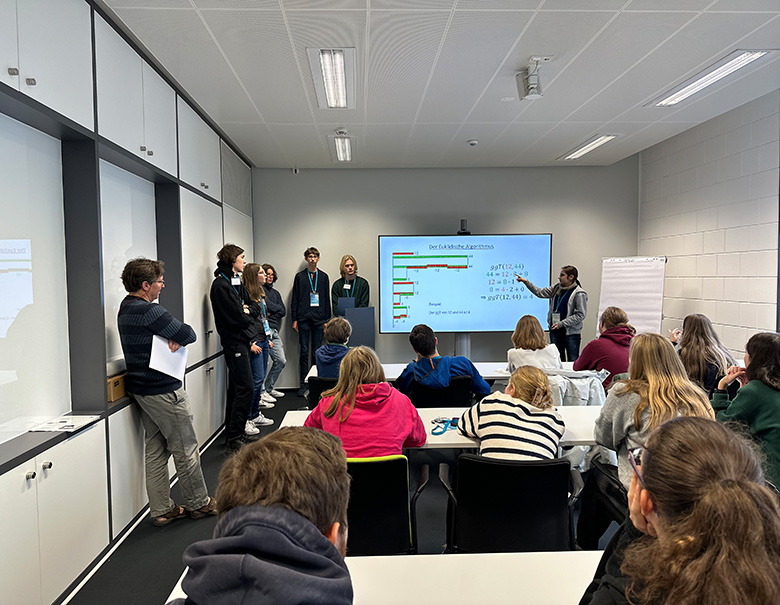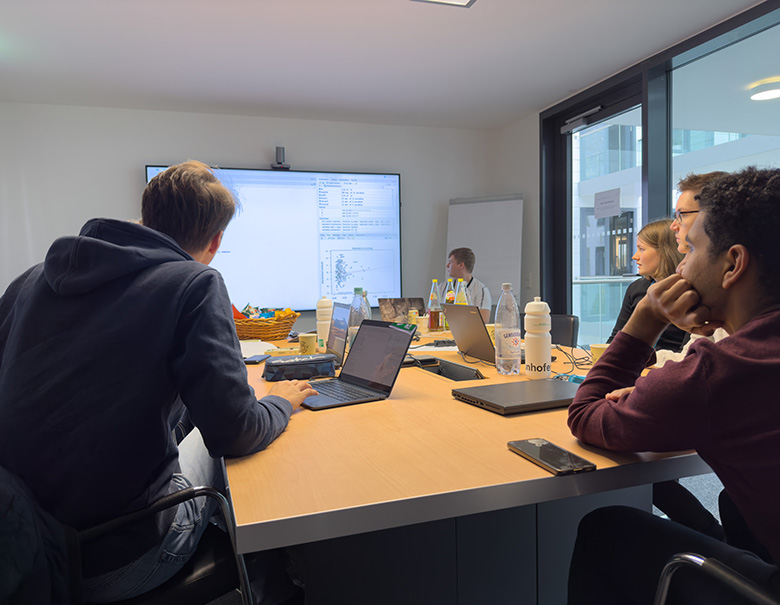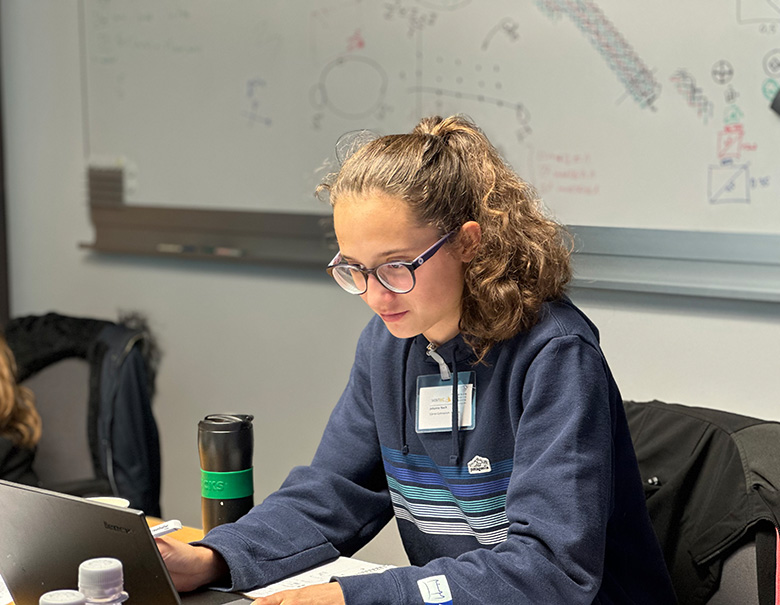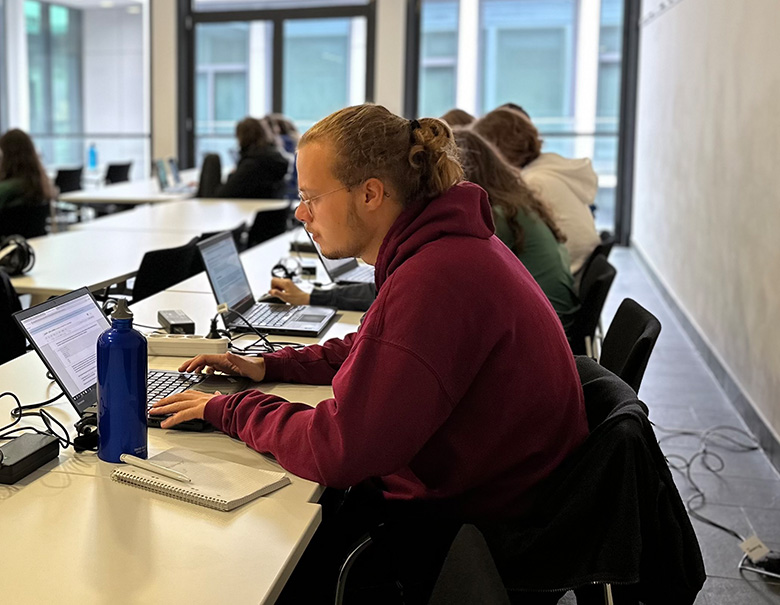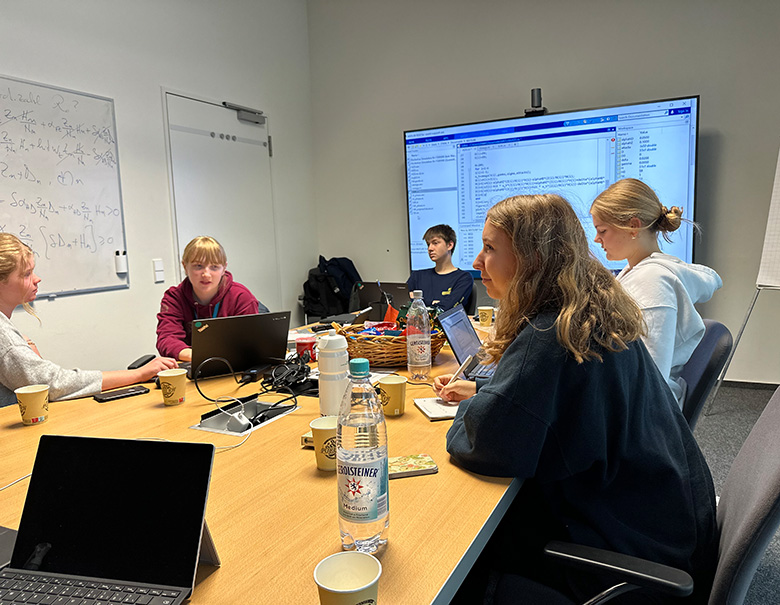What do mathematicians actually do? Interested students from all over the world can find out at our institute. In our Math-Talent-School for MINT-EC Schools, everything revolves around topics from applied mathematics. The workshop takes place from October 23 to 27 and is organized together with the Felix-Klein-Center for Mathematics.
Our Math-Talent-School 2023 is entering its second round: After a successful week in July this year, this time 36 students – more than ever before – got the chance to work on exciting projects together with our experts and to get a taste of the professional field of a mathematician.
The only requirement is that they must be students at a MINT-EC School. MINT-EC is an international network of schools that places special emphasis on science education. For the Math-Talent-School in Kaiserslautern, some of the students travel a long way: One participant even comes from the USA.
This year, there are six different projects to choose from, each of which was supervised by employees of the Fraunhofer ITWM or the University of Kaiserslautern-Landau (RPTU):
- Prime Numbers and Applications
- Is a tape measure enough to determine my body fat percentage?
- The best location for your Start-Up
- Getting to the bottom of the quantum hype
- Intelligent production of nonwovens
- Mathematical modeling of the spread of diseases
The results of the work are processed, presented at the end of the Math-Talent-School and discussed together. In addition to the work on the projects, the participants will get a guided tour through our institute and visit the Department of Mathematics of the RPTU, where they will learn more about the study of mathematics.
On this page we collect impressions, statements, interviews, articles and photos of the MINT-EC Math-Talent-School 2023.
